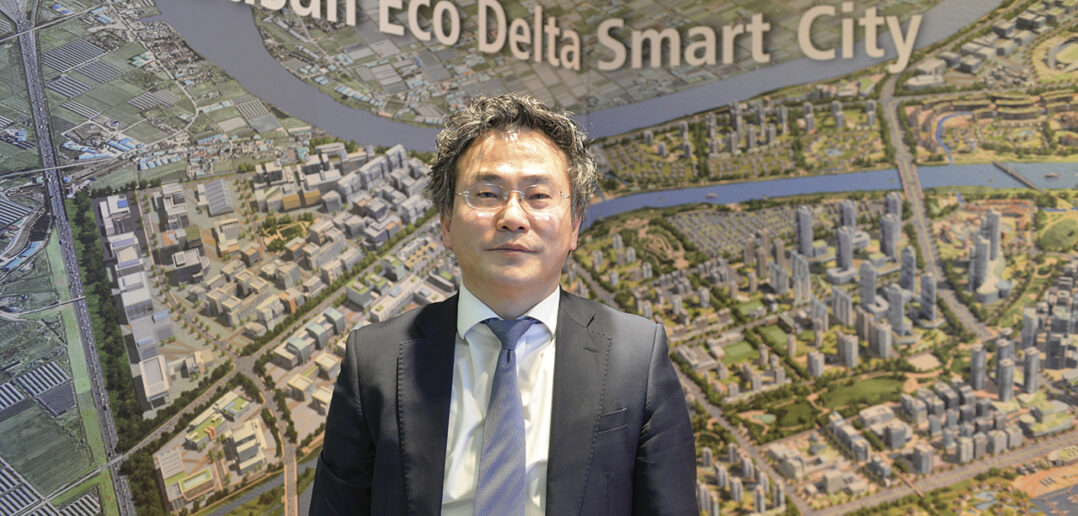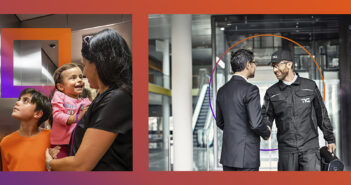An innovative smart-city project in Korea focused on natural beauty and sustainability is taking shape after years of planning.
The Busan Eco Delta Smart City masterplan, close to the existing city of Busan, contains a vision for a vast swathe of new buildings of all sectors and uses, fit for a whole population of the future and designed to be a part of the “fourth industrial revolution”.
It is one of a small number of pilots of its kind globally, meant to pioneer cutting-edge technologies and innovations and help planners learn new ways of designing cities with lesser impacts on the environment.
Representatives of the team behind the pilot are in Cannes to showcase the designs and discuss the latest progress with the international market.
Speaking to MIPIM News, Edward Yang, director of the Centre for Future City at the Korea Water Resources Corporation (K-water), said: “We are making smart cities in a whole different way. We have learnt lessons from past projects.
“We’re not focusing on technology we are focusing on people and nature and how technology can support humans and nature. The delta surrounding Busan is a beautiful waterfront environment like Venice. We call it the Korean Venice.”
The overall city project will cover 11.7 sq km, and be made up of a mixture of residential, retail, office and industrial space, with space designated to stimulate and incubate businesses from the science and technology sectors. It traces back to 2014 when the masterplans were initially given approval. In January last year the project was designated as an official National Smart City Pilot Project.
Yang said that Busan is likely to attract residents from all over the region. More than five million currently live in the heavily industrialised region around Busan. “We expect there to be strong demand for housing and social housing. It’s a very good opportunity for development,” he said.
One of the highlights of the project will be the Semulmeori District, at the confluence of three waterways leading into the city, which has been designated as a future cultural hub, and district for much of the city’s shopping and leisure buildings.
This and more in the MIPIM News Issue 2; read it in full here…!



